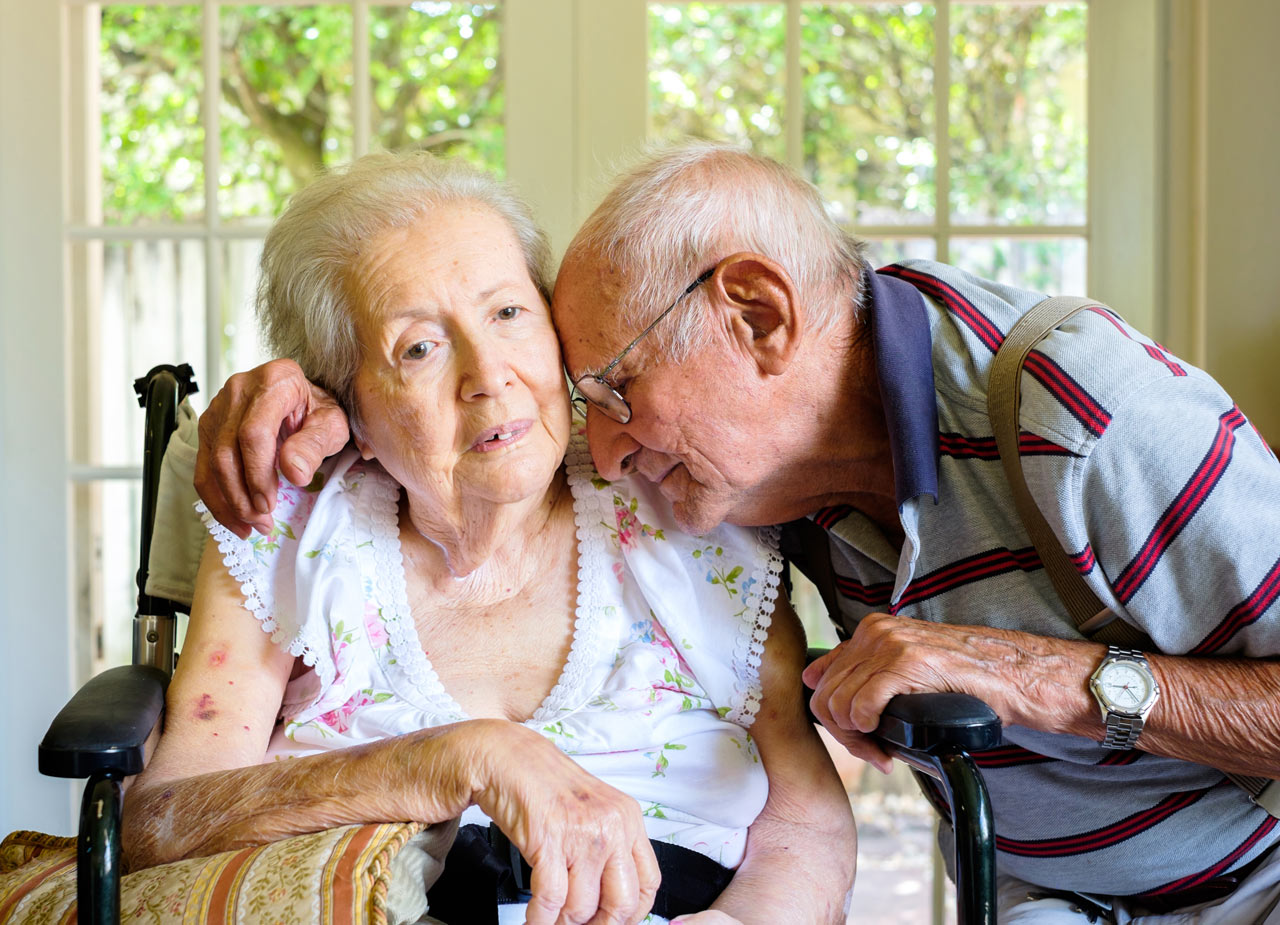How can you become a paid caregiver in the CDPAP Program in New York
Congratulations! This is a recession-proof job that allows you to earn at your choice of rates and benefits. And best of all, you can be your family member’s caregiver or provide care to a friend or neighbor under this innovative program. Before we go further, let’s clarify. CDPAP stands for the Consumer Directed Personal Assistance Program.
Here is who’s who in this program.
First is the senior/person with disabilities who needs to be qualified for Medicaid home care. S/he is called the consumer in this program. S/he will direct his or her own care. The consumer will work out the schedule, supervise time keeping, give you the tasks, and more. If the consumer is too sick or unable to be self-directing, a designated representative is chosen instead. A daughter of the consumer usually represents the consumer and will have the same responsibilities. This person is called the DR.
The plan. This refers to the MLTC (managed long term care) Plan which has responsibility for the consumer’s health and maintenance. This is a Medicaid provider chosen by the consumer or DR. Caring Professionals may help a family choose a plan that is best for the consumer but ultimately, it is the consumer’s choice. A plan will have to give an authorization for CDPAP for the consumer in order for him or her to be part of the program.

The caregiver is called the PA which stands for Personal Assistant. A PA does not need a certificate as a home health aide but will actually be performing many of the same duties. The difference is that the PA is directed by the consumer, not by the care plan developed by a nurse as in traditional home care.
Now let’s talk about what you need to do to get started as a PA in the CDPAP Program.
Get a consumer to care for. We cannot do that for you. People in your neighborhood, family, church, building, and network who know you will be interested in hiring you as their caregiver.
Make sure the potential consumer you want to care for contacts the Caring Professionals intake office at one of our locations. The intake specialist will manage the paperwork at the outset of the process. She will make sure that the consumer is part of an MLTC plan that is appropriate.
The intake specialist will also take the documentation from you that is needed. That includes proof of a physical (for the first year and afterwards a signed attestation) and a PPD test (which needs to be done every time you come on board with our company. Keep in mind that the rules are set by the NYS Department of Health, not Caring Professionals. There is also ID that is needed.
The intake specialist, therefore, works with three sets of people. 1. The consumer or his DR. 2. The plan. 3.You, the proposed PA.
Once a doctor’s letter is in place as well as all other documentation, the paperwork is sent to the plan by the intake specialist. The plan will then send someone to the home who will determine the total weekly hours of care from a PA that the consumer will receive. Then the plan will issue an authorization of CDPAP services for the consumer.

Then you, the PA will be transferred to the enrollment department where you will discuss your responsibilities, payment system, and more over the phone with an enroller. One of the matters that is covered is overtime. There is no overtime in the CDPAP program. You will then electronically sign the enrollment agreement. The consumer will also electronically sign some paperwork during enrollment.
The final step of enrollment is for the PA to come into our office (Brooklyn, Queens or the Bronx) to submit the original documents including the physical, the PPD forms, the agreement, identification and social security card.
Congratulations! You and your consumer are now part of the CDPAP Program.
Both of you will be assigned a coordinator who will call you within 24 hours of enrollment. The coordinator will go through a phone orientation with both consumer and PA. She will explain clocking in and logging out. She will put your schedule into the system. The coordinator’s role includes adjusting the schedule if the consumer wishes to do so. She will also do some attendance checks, answer questions about payment, and troubleshoot for both the consumer and the PA.
Please be aware that there is an initial ten-day time lag between the first paycheck and the start of work. After that you will be paid weekly.
According to requirements of the NYS Department of Health, Caring Professionals maintains an active compliance department which makes attendance checks and follows up on reported issues.
Got questions? Call our intake department for answers! Caring Professionals’ Intake specialists are standing by to expedite your employment within the parameters of the NYS Department of Health’s CDPAP Program. Call now to get started on your new caregiving career.
Article you might be interested in:
- CDPAP FAQ
- The Realities of CDPAP
- Boredom Busters for Seniors and their Caregivers
- Is it time for a Geriatrician or a Gerontologist?






